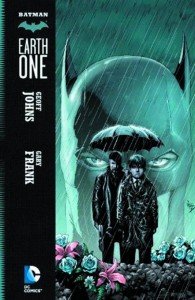 Editor’s Note: In Crisis On Infinite Midlives, super-heroes are taken from their usual settings and put into strange times and places – some that have existed, and others that can’t, couldn’t or shouldn’t exist. The result is spoilers that make characters who are as familiar as yesterday seem as ruined as, well, yesterday.
Editor’s Note: In Crisis On Infinite Midlives, super-heroes are taken from their usual settings and put into strange times and places – some that have existed, and others that can’t, couldn’t or shouldn’t exist. The result is spoilers that make characters who are as familiar as yesterday seem as ruined as, well, yesterday.
I want to start out by stipulating that Batman: Earth One, written by Geoff Johns and drawn by Gary Frank, is a damn fine graphic novel in almost every way. It takes characters and situations from the long history of the world of Batman and re-imagines then in ways that are generally compelling, interesting and ingenious. It adds a real-world feel to Batman that, while robbing the character of some of the most thrilling and stylized elements of the finest Batman tales, also grounds it and makes the stakes for Batman and everyone else in the story feel higher. And interestingly, it provides complete-feeling and satisfying story and character arcs for more than one character… Batman not necessarily being one of them. And the art is realistic and spectacularly detailed, to boot.
With that said, there are two character moments in this graphic novel that I had significant problems with, to the point where I feel that they irretreivably changed the nature of the character. For the better? Fucked if I know. It really depends on how much of a traditionalist you are… or how much you like Spider-Man. But we’ll get to that in a minute.
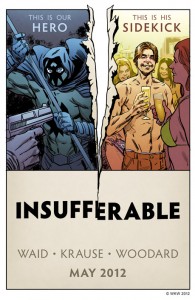
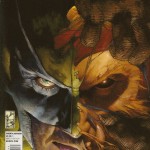
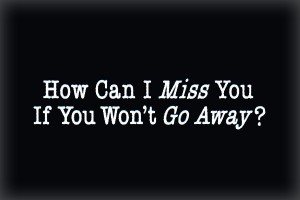
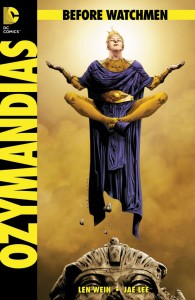
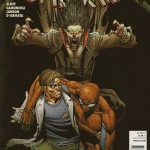

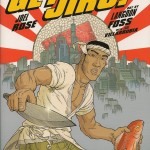
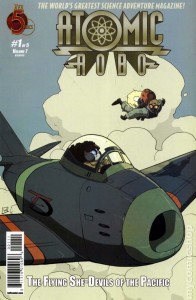
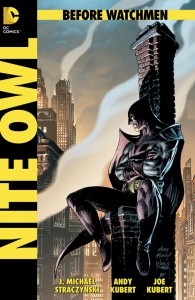
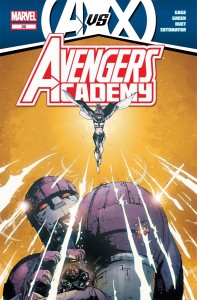
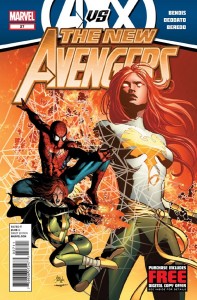
 Podcast RSS Feed
Podcast RSS Feed iTunes
iTunes Google Play
Google Play Stitcher
Stitcher TuneIn Radio
TuneIn Radio Android
Android Miro Media Player
Miro Media Player Comics Podcast Network
Comics Podcast Network